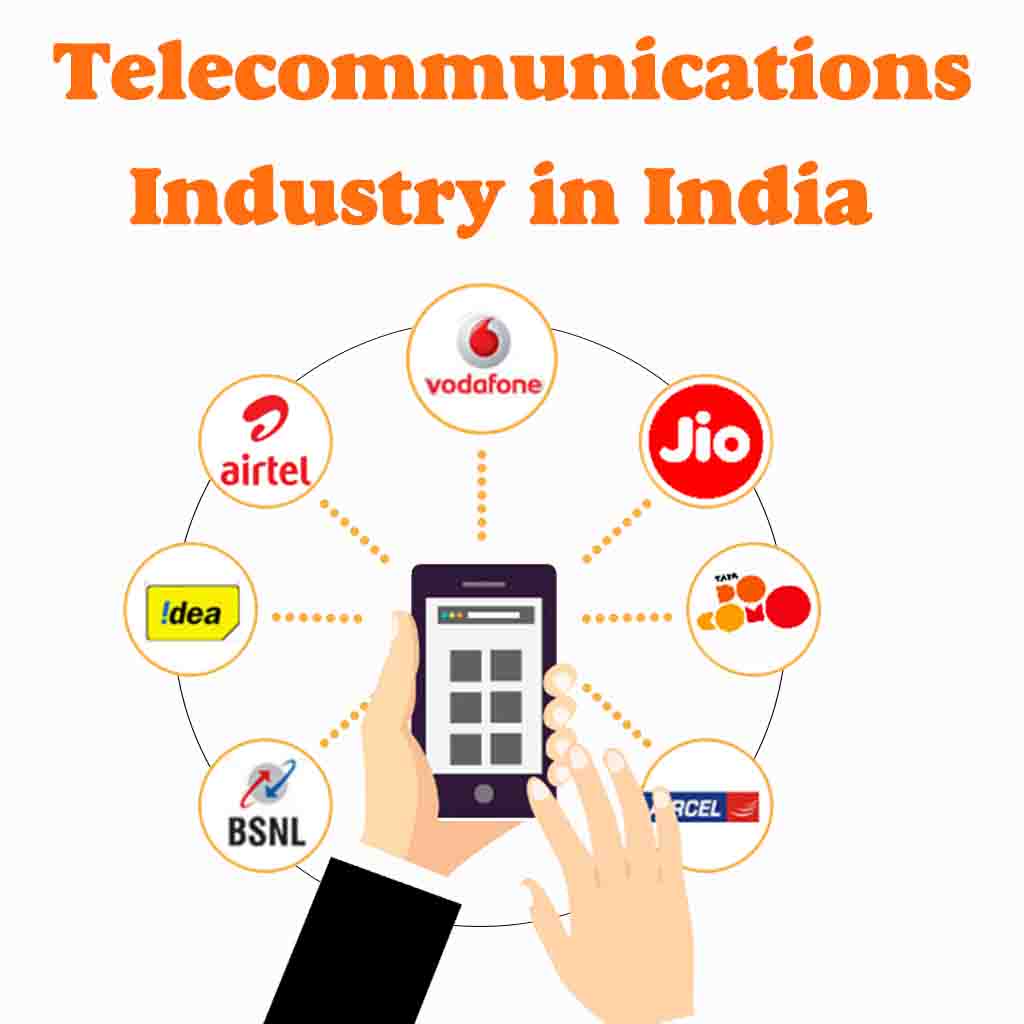
Telecommunications Industry in India
The telecommunications industry in India has undergone a significant transformation in the past few decades. From being a state-owned monopoly, the industry has now become one of the most competitive and innovative sectors in the country. In this article, we’ll take a closer look at the telecommunications industry in India, its history, current status, and future prospects.
History of the Telecommunications Industry in India
The Indian telecommunications industry was initially a government-owned monopoly, with the Department of Telecommunications (DOT) being the sole provider of telecommunication services. However, in the 1990s, the Indian government started to introduce policies to open up the sector to private players. In 1994, the first private mobile operator, Modi Telstra, was granted a license to operate in the country. This was followed by the entry of several other private players, including Bharti Airtel, Vodafone, and Idea Cellular.
The entry of private players has led to a significant increase in competition in the telecommunications industry in India. This, in turn, has led to the growth of the sector, with the number of subscribers increasing from a few million in the 1990s to over 1.2 billion today.
Current Status of the Telecommunications Industry in India
The telecommunications industry in India is currently dominated by three major players: Reliance Jio, Bharti Airtel, and Vodafone Idea. These three players account for around 90% of the market share. Reliance Jio, which entered the market in 2016, has disrupted the industry with its aggressive pricing strategy and innovative products and services.
The Indian telecommunications industry is primarily driven by mobile services, which account for around 97% of the total subscriber base. The sector has also witnessed significant growth in the data services segment, with the advent of 4G and 5G technologies.
Despite the growth and progress made by the industry, it faces several challenges. The most significant challenge is the high level of debt that many players in the industry are facing. This, coupled with intense competition, has led to a decline in profitability for many players.
Future Prospects of the Telecommunications Industry in India
Despite the challenges, the future prospects for the telecommunications industry in India are promising. The government’s Digital India initiative, which aims to provide broadband connectivity to all citizens, is expected to drive growth in the sector. The introduction of 5G technology is also expected to be a game-changer for the industry, providing faster data speeds and enabling the growth of new technologies such as the Internet of Things (IoT) and artificial intelligence.
Related Articles
Conclusion
The telecommunications industry in India has come a long way since its inception as a state-owned monopoly. The entry of private players has led to significant growth and competition in the sector. While the industry faces several challenges, its future prospects are promising, with the government’s Digital India initiative and the introduction of 5G technology expected to drive growth and innovation in the years to come.


